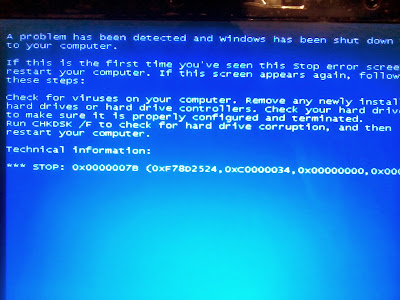In November of 1983 Bill Gates officially announced Windows 1.0. The operating system would not launch until two years later, but that marked the beginning of Windows. This was the start of modern desktop computing and one that is only now beginning to see major shifts in what we expect from our computers. Getting back to Windows in the 30 years since that day we have seen the operating system undergo many different changes, in both design and functionality. Here is a timeline of Windows through the years. Do you remember all of these variations?
Windows 1.0

Windows 1.0 was released on
November 20, 1985. It was Microsoft’s first attempt at a multi-tasking graphical user interface-based OS on the PC platform. The shell of Windows 1.0 was MS-DOS. Some popular apps in 1.0 included Calculator, Calendar, Cardfile, Clipboard viewer, Clock, Control Panel, Notepad, Paint, Reversi, Terminal and Write.
Windows 2.0

Windows 2.0 was released in
December of 1987. With several improvements to the UI, including the ability to overlap windows, it became more popular than Windows 1.0. The overlapping feature led to Apple filing a suit against Microsoft for copyright infringement.
Windows 3.0

Windows 3.0 was released in
1990. it featured a more refined UI and improved design thanks to virtual memory and device drivers. Windows 3.0 was the first big success from Microsoft. It sold 2 million copies in the first six months. This was also the first version of Windows to include Solitaire.
Windows 95

Windows 95 was released on
August 24, 1995. This was the first version of Windows to have the now famous “Start Menu.” The taskbar and Windows Explorer were also introduced in Windows 95. Thanks to its redesigned interface and new Start Menu Windows 95 became a huge success.
Windows 98

On
June 25, 1998 Microsoft released Windows 98. Visually it looks very similar to 95, but with some important under the hood improvements. USB devices and multi-monitor configurations were supported for the first time.
Windows ME

On
September 14, 2000 Microsoft released Windows ME (Millennium Edition). This was the last version of Windows to be based off of MS-DOS. it added UI enhancements and faster boot times along with better multimedia support. ME is most known for being one of Microsoft’s worst releases due to a number of compatibility and stability problems.
Windows XP

Windows XP was released on
October 25, 2001. It came with a brand new UI and many improvements thanks to no longer being DOS-based. This was the first version of Windows to be offered in multiple versions: Home and Professional. Windows XP may be Microsoft’s biggest success. There are many people who still use XP to this day, however it is being officially retired in April 2014 which means there will be no more updates, patches or support provided by Microsoft.
Windows Vista

Microsoft followed the success of Windows XP on
January 30, 2007 with Windows Vista. it contained new features from a redesigned UI and particular attention to security features. Like Windows XP, it was available in multiple versions. Vista is infamous for being hated by consumers even after Microsoft made considerable improvements through updates.
Windows 7

After the disaster of Windows Vista it was time for Microsoft to go back to the drawing board. They ditched the frilly names and released Windows 7 on
July 22, 2009. Windows 7 was more focused and minimal compared to the bloated Vista. Some of the big new features include an updated taskbar and better windows organization. Windows 7 was a big success.
Windows 8

On
October 28, 2012 Microsoft released their most significant change to Windows. In Windows 8 Microsoft removed the famous Start Button and Start Menu in favor of a touch-friendly “Metro” interface. User reaction to Windows 8 was mixed at best, but slowly it has become adopted. With Windows 8 Microsoft is once again ahead of the times. Windows 8 works wonderfully on touch screens and tablets but struggles on non-touch computers.
I hope you enjoyed this time travel through the history of the most successful operation system ever created.

 Mann Tech Services now offers live remote tech support services. Many technical problems can be evaluated and even corrected through remote services which is always faster and more convenient. You can now request this type of service by submitting an online work order form which is always available on the left column of this fine blog.
Mann Tech Services now offers live remote tech support services. Many technical problems can be evaluated and even corrected through remote services which is always faster and more convenient. You can now request this type of service by submitting an online work order form which is always available on the left column of this fine blog. 














